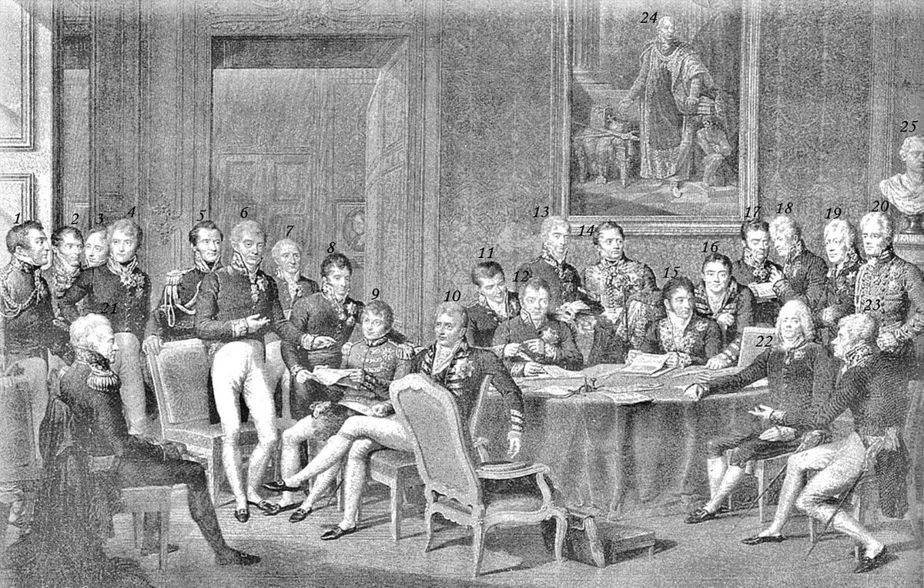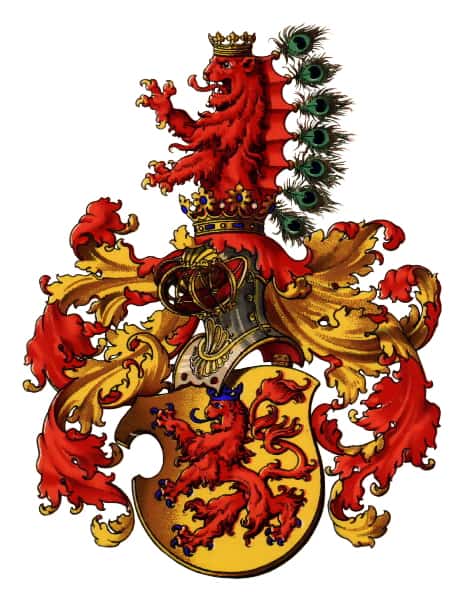Top 5 Historical Facts that happened in Vienna
Vienna is the only city in the world to produce significant wine within its city limits! Wine lovers, here we go! While the rest of the world celebrates the birth of Jesus Christ during the Christmas season which is also synonymous with gift-giving, Austrians have an additional ceremony; the Feast of St Nicholas, which, ladies and gentlemen, involves The Krampus, a devilish sharp-fanged, half-goat, half-demon which instead of handing out gifts like Santa, hands out hot coals. Wow, just wow! It is said that it is supposed to discourage children from being ill-behaved!
Moving on from that, let us see 5 historic events that have taken place in the city which was the seat of the Hapsburg Empire, over time!
1. The Siege of Vienna
The event marked the beginning of the decline of the Ottoman Empire in Europe. the event happened in 1683. The ottomans were bullies if you ask me- they had captured a large part of Europe with their territory running from the Persian Gulf to the modern-day Morocco and Budapest! During this period, they attempted to capture the seat of the Hapsburg Austrian Empire– Vienna. The ottomans had a huge army and looked like they would defeat the Austrians. This however did not work and why this event is historical is because since the Ottomans weren’t successful in capturing the city, it became the end of their sieges and expansion in Europe. The city was well defended, with trenches and a very high sturdy walls and also Austrians, with support from Pope Innocent XI, received assistance from the Polish King Jan Sobieski who brought with him more than 22,000 soldiers, as well as other allies like the Germans, Imperial Forces, Lithuania, and Venice. After that failure, the ottomans decided to try their luck in Asia and the Mediterranean.
Suleiman, the Ottoman leader had planned to defeat the leadership of Archduke Ferdinand I, but the bad, wet weather, the city’s defenses and assistance from Christian allies are to be credited for this fail; since some of the artillery that was to be used go stuck in the mud and became useless.
2. Vienna Congress
The Vienna Congress or the Wiener Kongress started in September 1814 and ended in June 1815. This event was very monumental in European politics and history; it happened just after Napoleon I’s abdication. The end of the Napoleonic wars had countries strategizing on the postwar world. They wanted to figure out how to restore the monarchies that Napoleon had overthrown and that is where the Vienna Congress came in. The four countries: Austria, Prussia, Russia, and Britain, after the event, pledged to settle their differences through regular meetings. They were later joined by France and set up a system to uphold peace.
The main goal of the congress was for the powers to resize the main powers in an attempt to balance each other and remain at peace. That gave birth to the Concert of Europe. The concert of Europe or the Vienna System had not rules or a constitution of any kind, however, during disputes, meetings could be called by member countries. Its main aim was conflict resolution, where conservative nations in Europe were meant to maintain their power by opposing revolutionary movements, upholding balance of power, and weakening the forces of nationalism.
3. United Nations Headquarters
Vienna might be a small city, but it is home to 18 United Nations organizations! There are four UN Headquarters around the world: New York, Nairobi, Geneva, and Vienna. Vienna was the third, to become a UN headquarters in 1980. However, the International Atomic Energy Agency (IAEA) and the United Nations Industrial Development Organization (UNIDO) established their headquarters in Vienna in 1957 and 1967, at the invitation of the Austrian government. The two institutions were the first to be installed in Vienna, at the Vienna International Center, and other UN Institutions were transferred from New York and Geneva. An area on the banks of the River Danube in Vienna was set aside for the construction of an international center to be used by the UN institutions. Designs for the buildings were done by an Austrian architect John Staber in an international competition that was announced in 1968 for the designs of the project. Construction began in 1972 and the Vienna International Center (VIC) was officially opened in 1979. The complex so far has over 3,500 employees and several facilities within it.
Did you know that the VIC Complex was handed over by the Austrian Government to the UN and IAEA for a symbolic rental sum of one Austrian Shilling; an equivalent of BOUT 0.06 Euro a year for 99 years?
One can tour the UN Complex in Vienna from Mondays to Fridays from 11.00 am to 2.00 pm and you do not need to make a reservation! You only need 10 Euros for adults and 5 Euros for the young ones.
4. The fall of the Hapsburg Empire
The Hapsburg empire had been ruling the Austrians for more than 650 years, and the end of World War II marked the end of this rule when Emperor Charles I was expelled from Austria and left the Schönbrunn Palace.
The Hapsburg empire started as a system of a duke whose aim was to protect the borders from the Germans and grew to be the rulers in Austria and the Holy Roman Empire. They led the territory well; insisting on equality, freedom, was not repressive and the people enjoyed a good rule. The monarchy was defeated at the end of World War I and Austria were reduced to about 40% of the initial territory.
5. Vienna’s reconstruction
Vienna lay in ruins after World War II, I mean, it was bombed about 52 times during the war! The destruction was beyond belief. Both government and the physical state of the city were in bad shape, and in November of 1945, a City Council elections were held where the democracy was restored. Socialists were given 58 seats, People’s Party 36, and the Communist Party 6 seats, all totaling 100 seats. The priority was therefore to improve the lives of Austrians and Vienna after the devastating war. Apartments were destroyed and tens of thousands of the city dwellers were homeless after the war died down in 1945.
The country had been divided into four regions under the soviet, American, Russian, and French sections. World War II left many cities devastated, including Vienna which at the beginning of 1948 received support under the Marshall Plan also known as the European Reconstruction Plan. The country, between 1948 and 1952, received approximately 1 billion dollars in cash and kind from the Marshall Plan. The fund played a very vital role in bringing Vienna and the whole of Austria back to its feet. In 2005, a special exhibition called Rebuilding Austria was held in Vienna at the Technisches Museum, to commemorate the immense support of the Marshall Plan by American Government in rebuilding Austria after the war.
Planning a trip to Paris ? Get ready !
These are Amazon’s best-selling travel products that you may need for coming to Paris.
Bookstore
- The best travel book : Rick Steves – Paris 2023 – Learn more here
- Fodor’s Paris 2024 – Learn more here
Travel Gear
- Venture Pal Lightweight Backpack – Learn more here
- Samsonite Winfield 2 28″ Luggage – Learn more here
- Swig Savvy’s Stainless Steel Insulated Water Bottle – Learn more here
Check Amazon’s best-seller list for the most popular travel accessories. We sometimes read this list just to find out what new travel products people are buying.
















